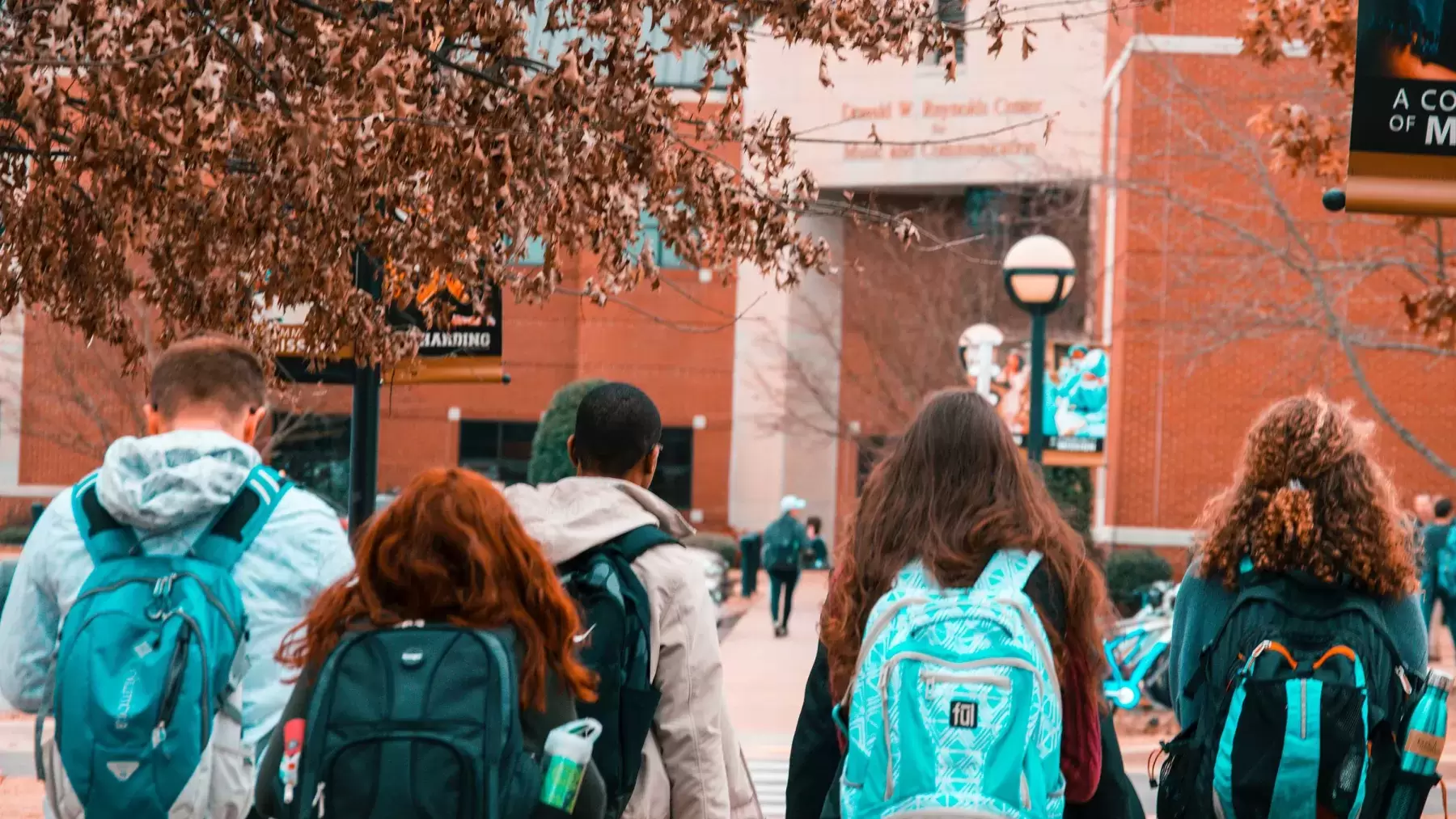
I came to college with almost a decade of experience using mental health services. However, like many other students, I did not have a plan for the transition to campus life. By my sophomore year, things reached a crisis point. I could not function and was on the verge of dropping out of school and losing my financial aid. That is when I was diagnosed with bipolar disorder and connected to disability support and intensive mental health services.
While I was lucky enough to get access to mental health support, I felt completely alone. I was embarrassed about this new diagnosis and the many things in my past that led to it. However, throughout my recovery, I began to identify and learn from others with shared experiences. As a result, I felt less shame and more hope for the future, received emotional support, and learned tools to promote my well-being.
As I navigated my own journey, I wondered how many people around me were experiencing similar things. I knew that creating welcoming and supportive spaces, like those I had access to, could help others encountering the difficulties that come with college life while also having a mental health disability – my peers could experience hope and connection and feel less alone.
Yet, when I tried to launch a peer program, I was met with many of the concerns that students across the country still report:
How can students be qualified to support one another? Why don’t you just use the support groups the counseling center provides? What happens if a student has a mental health crisis? Will the university be liable if something bad happens?
I did not have answers to these questions, and my research for campus peer support programs came up short. So, I continued my advocacy on campus and created an informal peer support group that met in quiet spots on campus, and even a student’s apartment.
At the time, I was unaware that there were organizations and individuals who had been leading mental health peer support programs for decades. I would later find out that there is research, technical assistance available for individuals running and launching peer programs, and peer support certification in almost every state.
Since I graduated from college, conversations about campus peer support have progressed. Yet, there is still a large gap between what campuses are trying to figure out and the wide range of resources and wisdom available through the peer support movement.
To fill this gap, Mental Health America partnered with the Temple University Collaborative for Community Inclusion and Doors to Wellbeing to explore the experiences of college students in a new report: Peer Support In College Mental Health Initiatives: Learning From The Peer Support Movement.
Among our findings, students shared that student-led programs offer more comprehensive approaches. Additionally, students want more training on peer support, crisis response, and student rights – all of which can be supported by numerous resources and the vast expertise present in the peer support community.
Students want peer support programs, and much of the campus pushback can be addressed with decades of insight from the peer support community. It’s time to close the gaps between off-campus and on-campus peer support. By working together and sharing knowledge across organizations and movements, we can create a mental health support system that truly meets the needs of all students.




